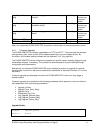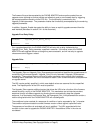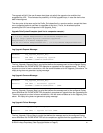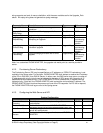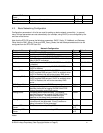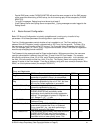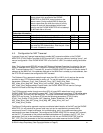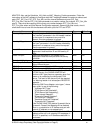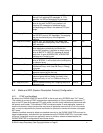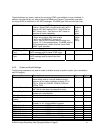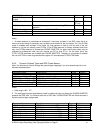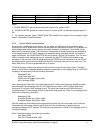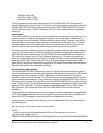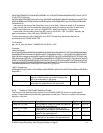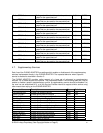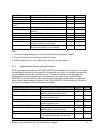
Ext SIP Port External port to substitute for the actual SIP port of
the unit in all outgoing SIP messages. If “0” is
specified, no SIP port substitution is performed.
Port 0
Ext RTP Port Min External port mapping of <RTP Port Min>. If this
value is non-zero, the RTP port number in all
outgoing SIP messages is substituted by the
corresponding port value in the external RTP port
range.
Port 0
NAT Mapping Enable Enable the use of externally mapped of IP address
and SIP/RTP ports in SIP messages. The mapping
may be discovered by any of the supported
methods.
Bool No
NAT Keep Alive Enable If set to “yes”, the configured <NAT Keep Alive
Msg> is sent periodically every <NAT Keep Alive
Intvl> seconds.
Bool No
NAT Keep Alive Msg Contents of the keep-alive message to be sent to a
given destination periodically to maintain the
current NAT-mapping. It could be an empty string. If
value is $NOTIFY, a NOTIFY message is sent as
keep alive. If value is $REGISTER, a REGISTER
message w/o Contact is sent.
Str31 $NOTIFY
NAT Keep Alive Dest Destination to send NAT keep alive messages to. If
value is $PROXY, it will be sent to the current proxy
or outbound proxy
FQDN $PROXY
Use Outbound Proxy Enable the use of <Outbound Proxy>. If set to “no”,
<Outbound Proxy> and <Use OB Proxy in Dialog)
is ignored.
Bool No
Outbound Proxy SIP Outbound Proxy Server where all outbound
requests are sent as the first hop.
FQDN No
Use OB Proxy In Dialog Whether to force SIP requests to be sent to the
outbound proxy within a dialog. Ignored if <Use
Outbound Proxy> is “no” or <Outbound Proxy> is
empty
Bool Yes
NAT Keep Alive Intvl Interval between sending NAT-mapping keep alive
message in sec
Uns16 15
4.6. Media and SDP (Session Description Protocol) Configuration
4.6.1. DTMF and Hookflash
By default, the PHONE ADAPTER sends DTMF to the far end using RFC2833-style "AVT tones".
This method of conveying DTMF tones sends a representation of a tone (someone pressed the "7"
key) to the RTP peer as a separate RTP audio codec, but with timing information synchronized with
the speech audio codec. This method of DTMF conveyance works in most topologies, however in
some environments, the service provider may have an application server which is not in the media
path, or may be responsible for protocol conversion to a protocol or device which does not support
AVT tones.
Likewise, hookflash events by default are handled internally by the PHONE ADAPTER and used to
trigger supplementary services which are implemented on the PHONE ADAPTER. If a provider needs
to convey a hookflash event to an application server to initiate a network-oriented feature, the
PHONE ADAPTER is configurable to send these events.
© 2004 Linksys Proprietary (See Copyright Notice on Page 2)
51



